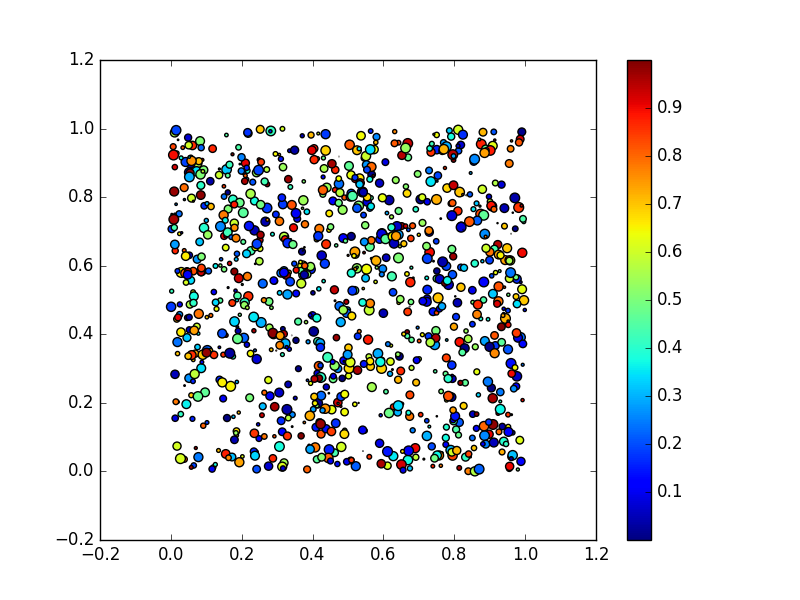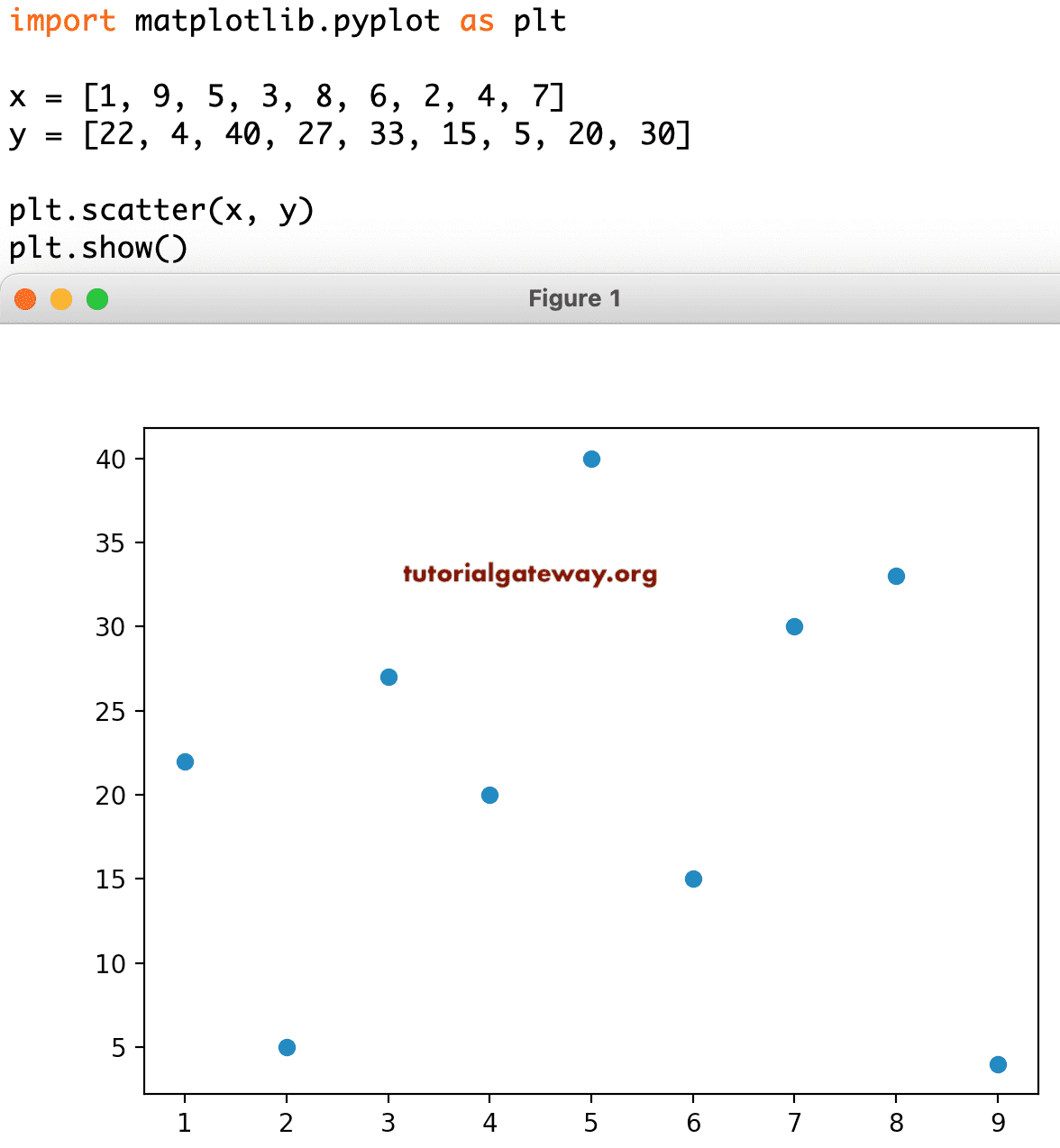
With this, we come to the end of this tutorial. This gives another insight that students from country A tend to have lower height and weight than students from B based on the given data.įor more on the maplotlib scatter plot function, refer to its documentation. You can see that data points for A are colored orange while data points for B are blue. For instance, in the above example, if we add data corresponding to the nationalities of the students say country A and B and want to display each country with a different color: import matplotlib.pyplot as pltĬountry = This is very useful if your data points belonging to different categories. You can also have different colors for different data points in matplotlib’s scatter plot. Plt.scatter(weight, height, marker='*', s=80) For instance, to make the markers start-shaped instead of the round with larger size: import matplotlib.pyplot as plt You can alter the shape of the marker with the marker parameter and size of the marker with the s parameter of the scatter() function. The scatter plots above have round markers. Let’s add them to the chart created above: import matplotlib.pyplot as plt Matplotlib’s pyplot has handy functions to add axis labels and title to your chart. a) Add axis labels and chart title to the chart Let’s add some formatting to the above chart. Matplotlib comes with number of different formatting options to customize your charts. The scatter plot that we got in the previous example was very simple without any formatting. From the chart, we can see that there’s a positive correlation in the data between height and weight. We get a scatter chart with data points plotted on a chart with weights on the x-axis and heights on the y-axis. One having the height and the other having the corresponding weights of each student. We have the data for heights and weights of 10 students at a university and want to plot a scatter plot of the distribution between them. Let’s look at some of the examples of plotting a scatter diagram with matplotlib. Here, x_values are the values to be plotted on the x-axis and y_values are the values to be plotted on the y-axis. The following is the syntax: import matplotlib.pyplot as plt In matplotlib, you can create a scatter plot using the pyplot’s scatter() function. It offers a range of different plots and customizations. Matplotlib is a library in python used for visualizing data.


Scatter plot matplotlib size how to#
How to make a scatter plot with Matplotlib?

In this tutorial, we’ll look at how to create a scatter plot in python using matplotlib. They’re particularly useful for showing correlations and groupings in data. Import matplotlib.pyplot as plt x = y = plt.scatter(x, y, s=100, c='coral') x = y = size = plt.scatter(x, y, s=500, c='lightblue') plt.title('Nuage de points avec Matplotlib') plt.xlabel('x') plt.ylabel('y') plt.savefig('ScatterPlot_08.png') plt.Scatter plots are great for visualizing data points in two dimensions. Import matplotlib.pyplot as plt x = y = size = plt.scatter(x,y,s=size) plt.title('Nuage de points avec Matplotlib') plt.xlabel('x') plt.ylabel('y') plt.savefig('ScatterPlot_06.png') plt.show() Combining several scatter plotsĪnother solution is to combine multiple scatter plots: Note that the list must be of the same size that the input data: To plot points with different size, a solution is to provide a list of size (or an array) to "s". Import matplotlib.pyplot as plt x = y = plt.scatter(x,y,s=400,c='lightblue') plt.title('Nuage de points avec Matplotlib') plt.xlabel('x') plt.ylabel('y') plt.savefig('ScatterPlot_07.png') plt.show() Points with different size How to increase the size of scatter points in matplotlib ? To increase the size of scatter points, a solution is to use the option "s" from the function scatter(), example


 0 kommentar(er)
0 kommentar(er)
